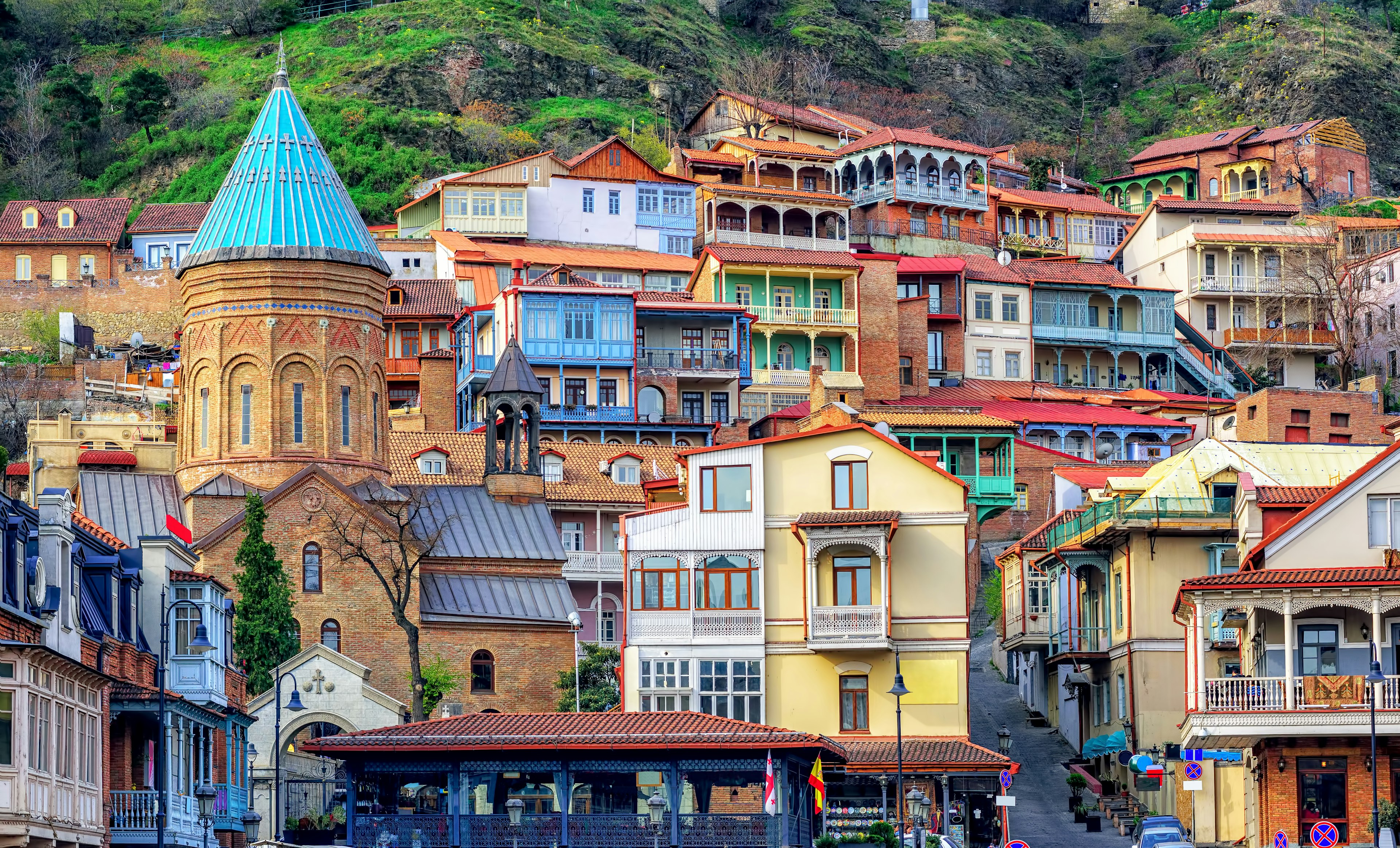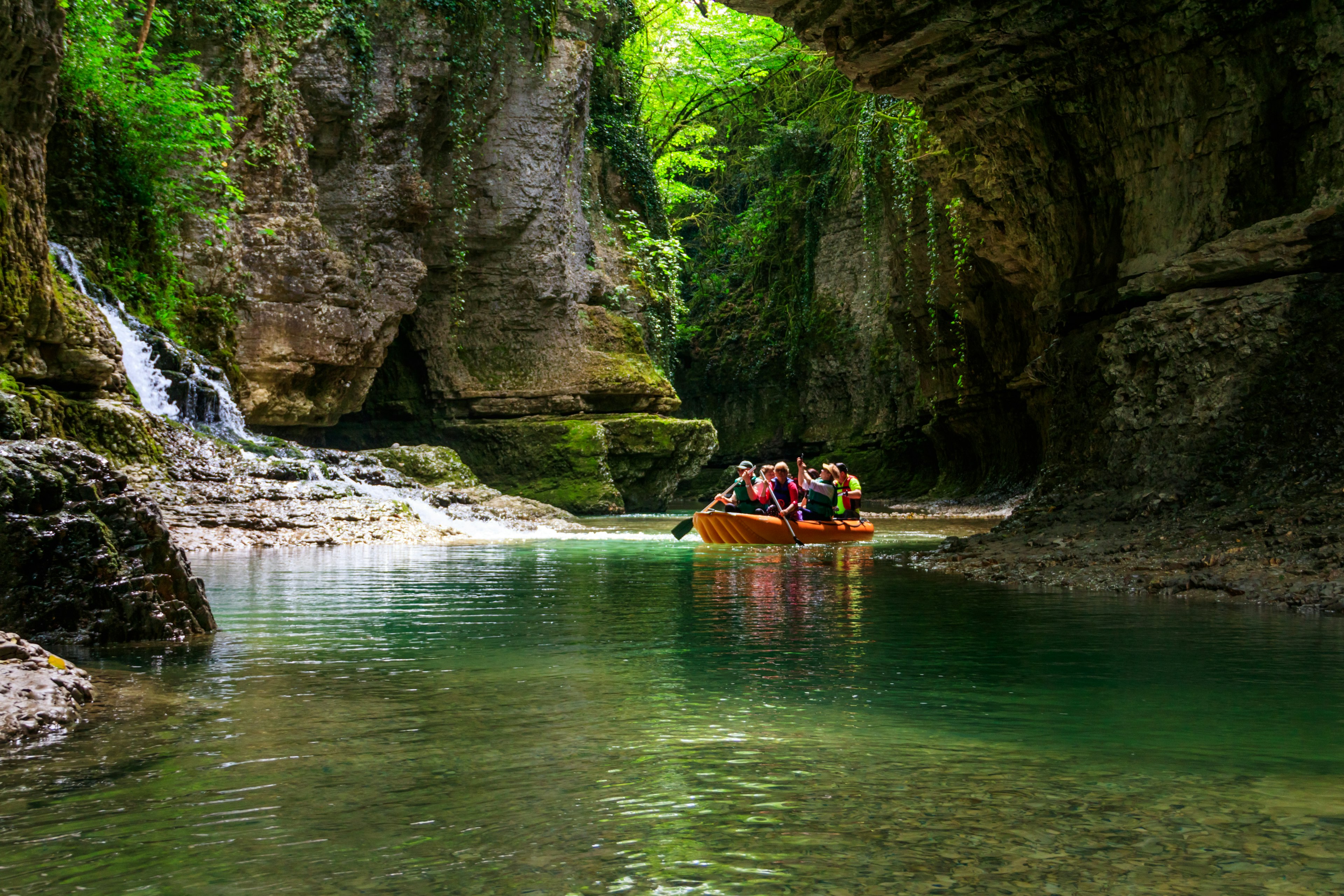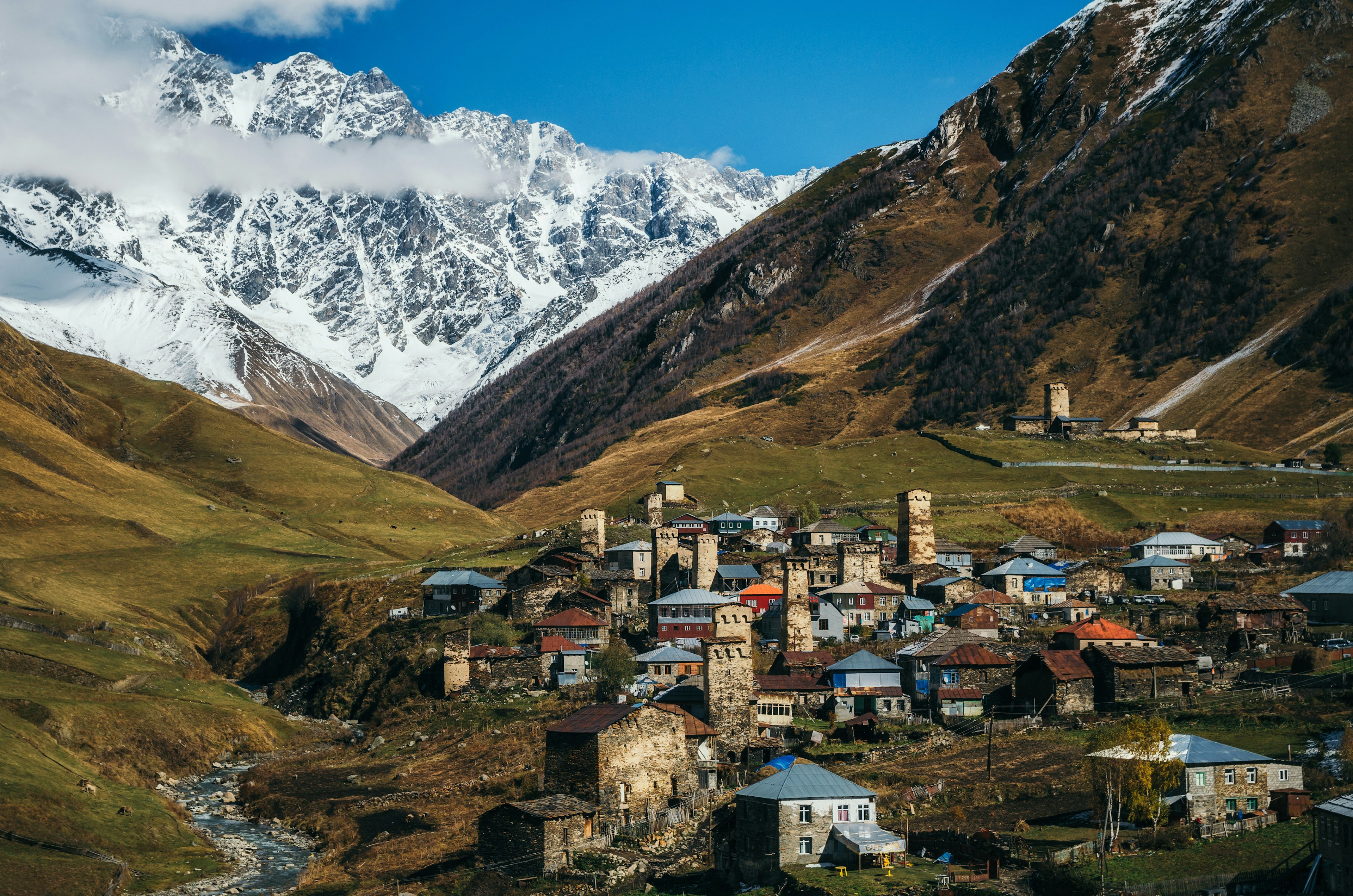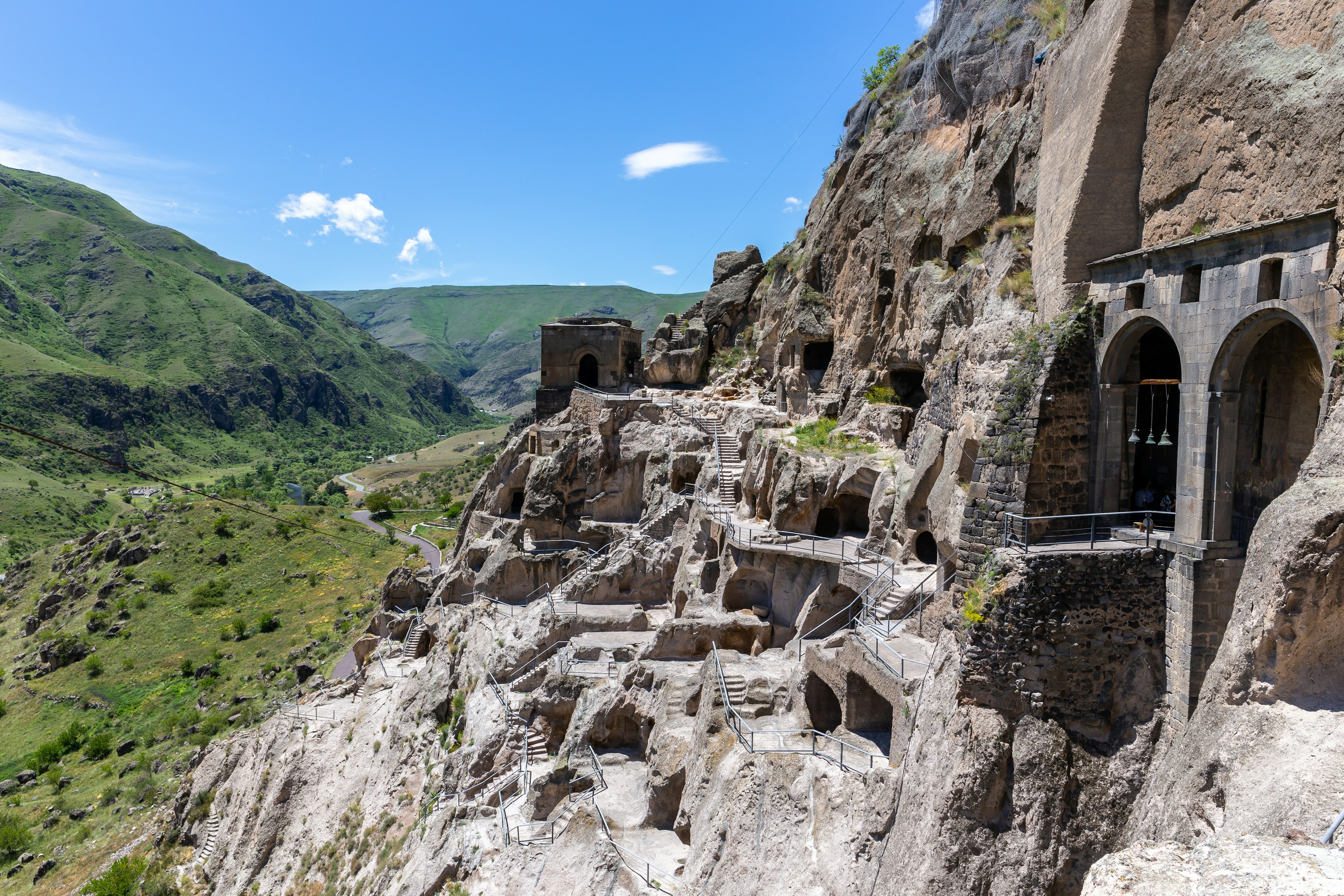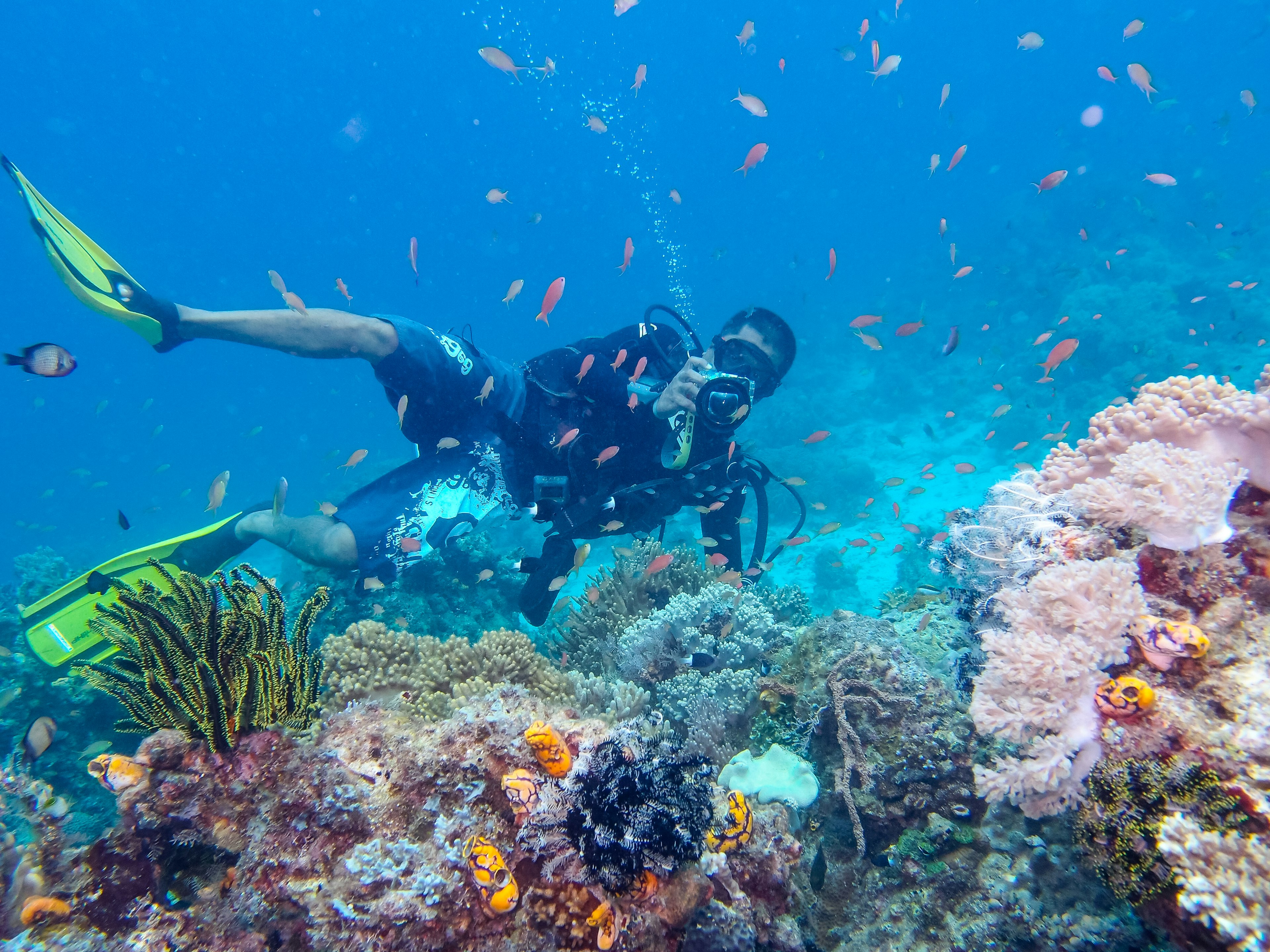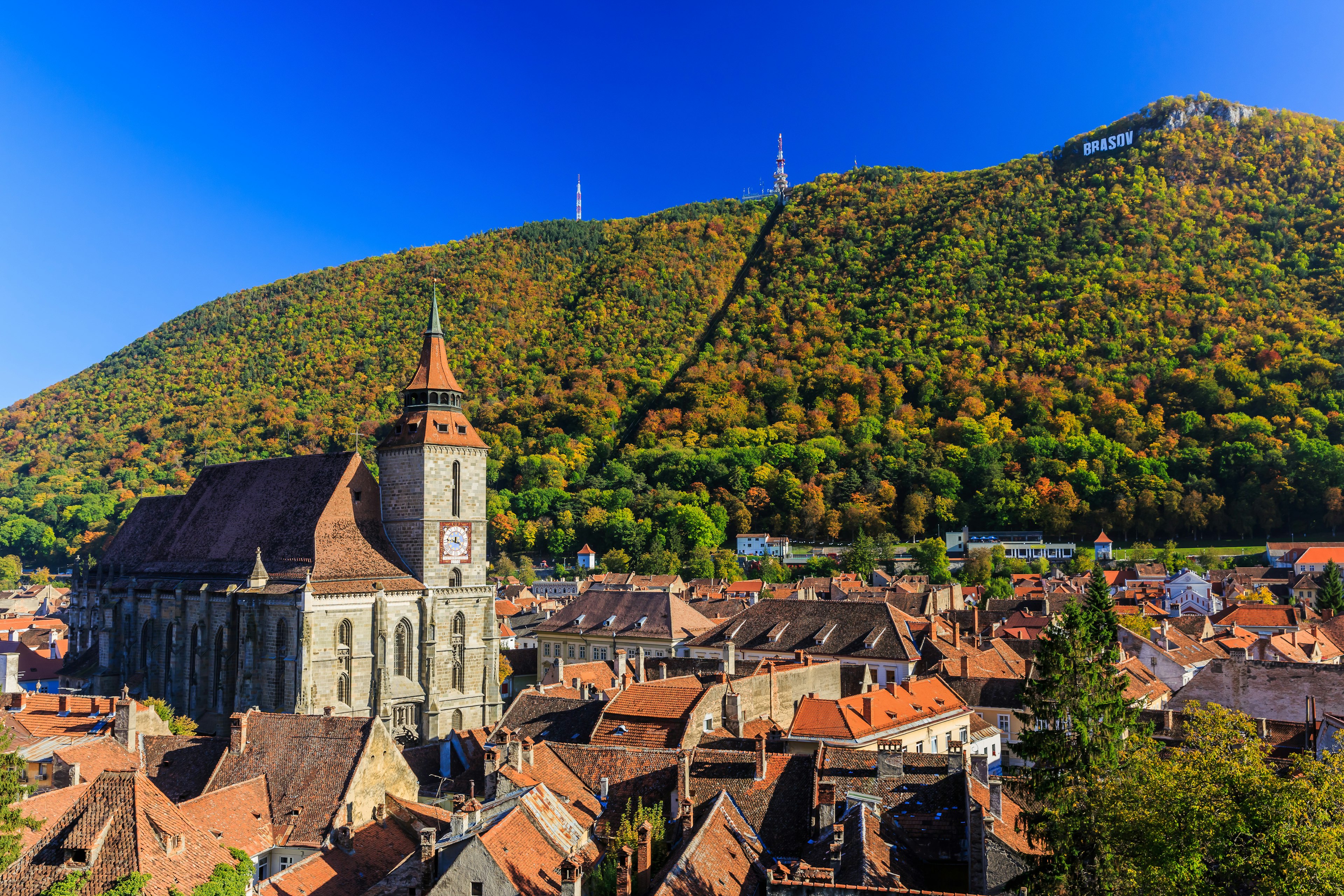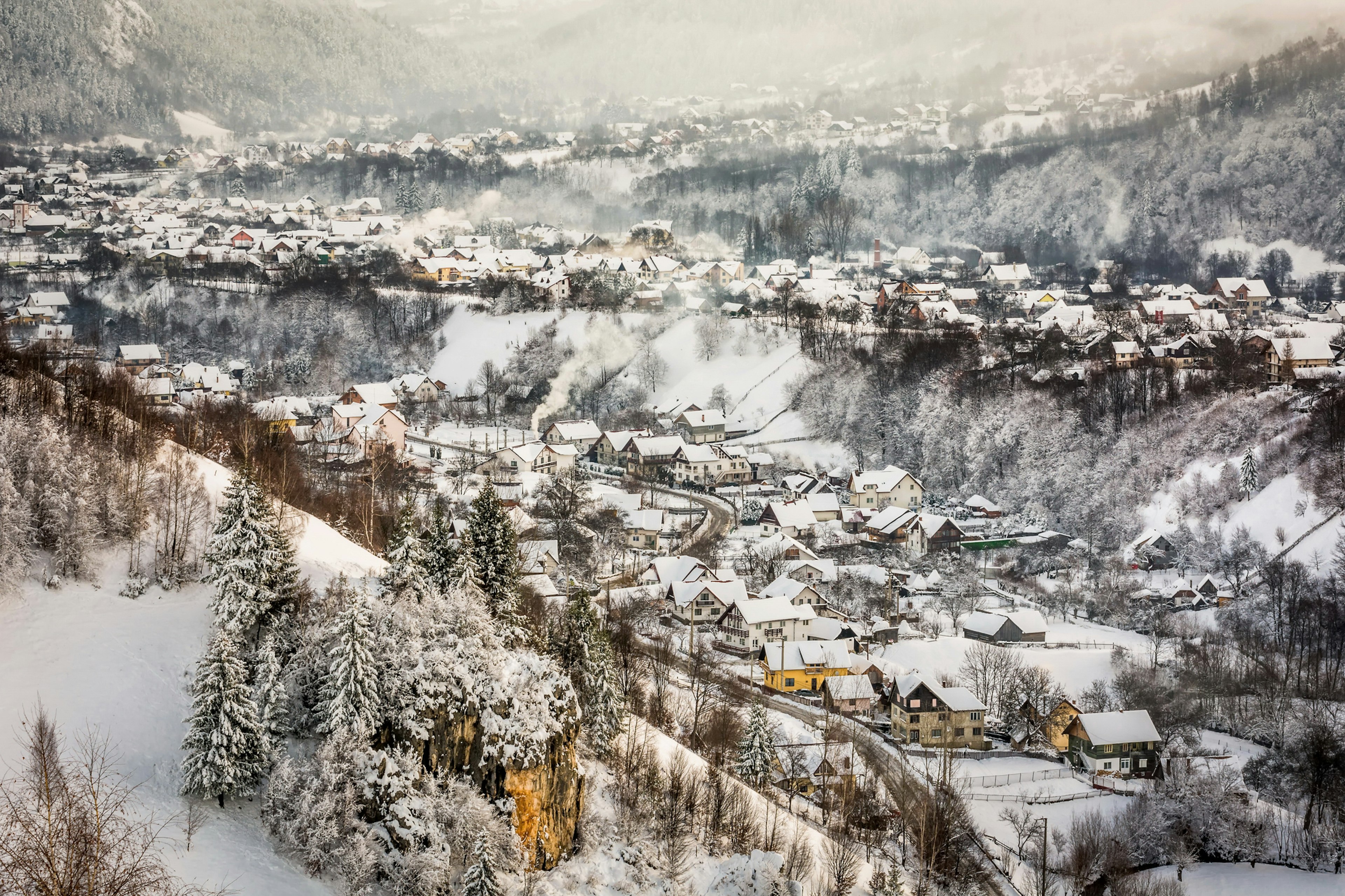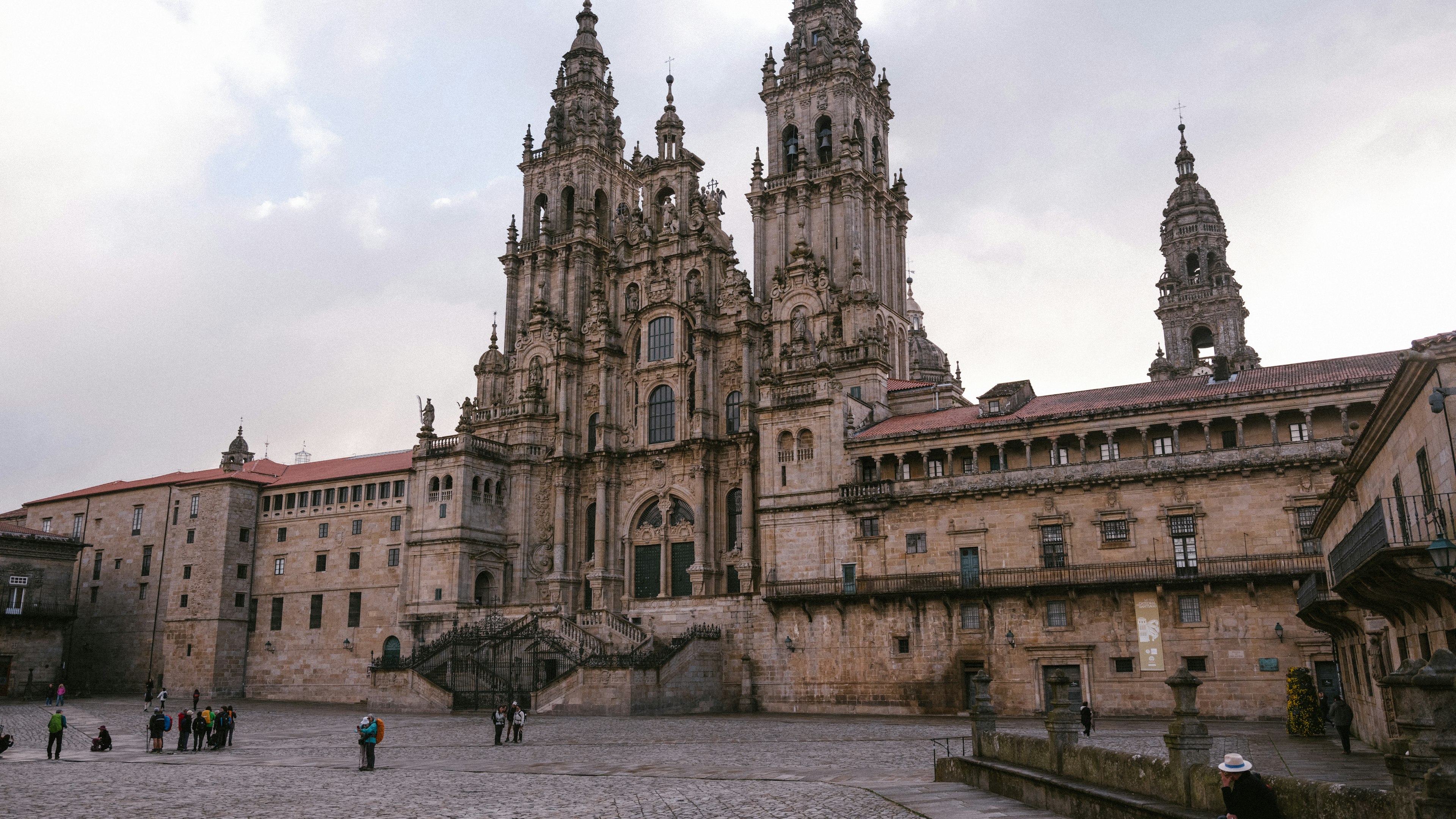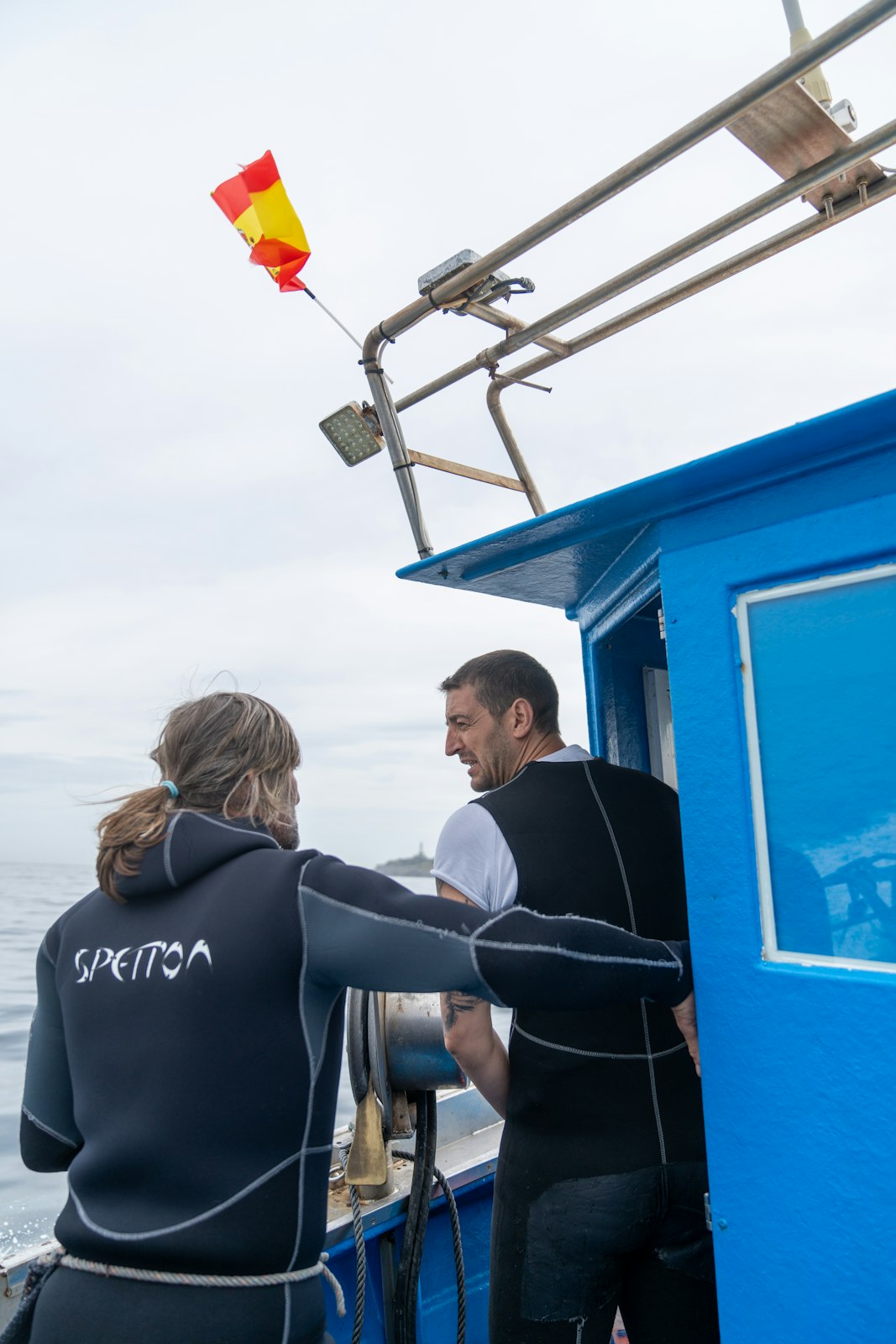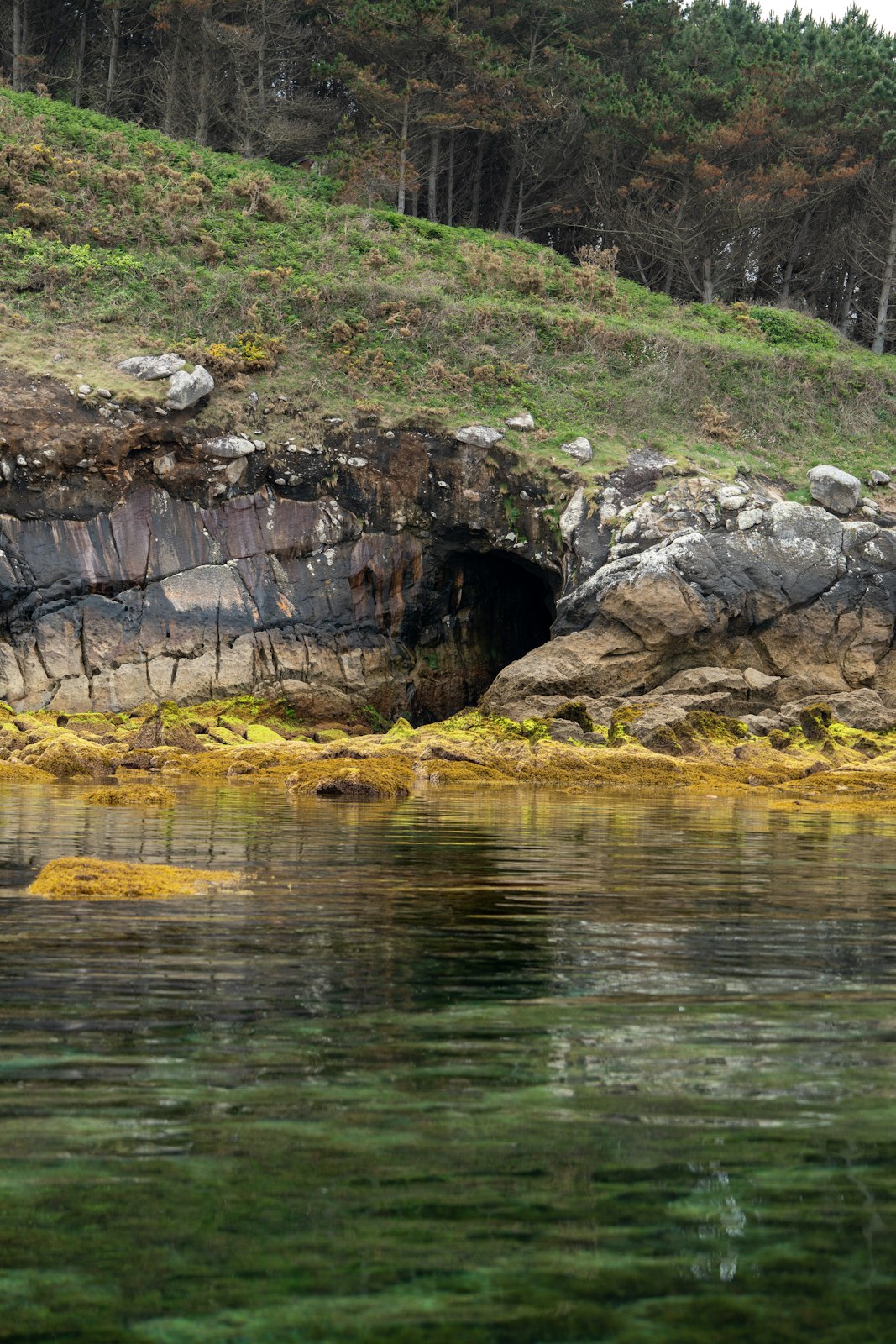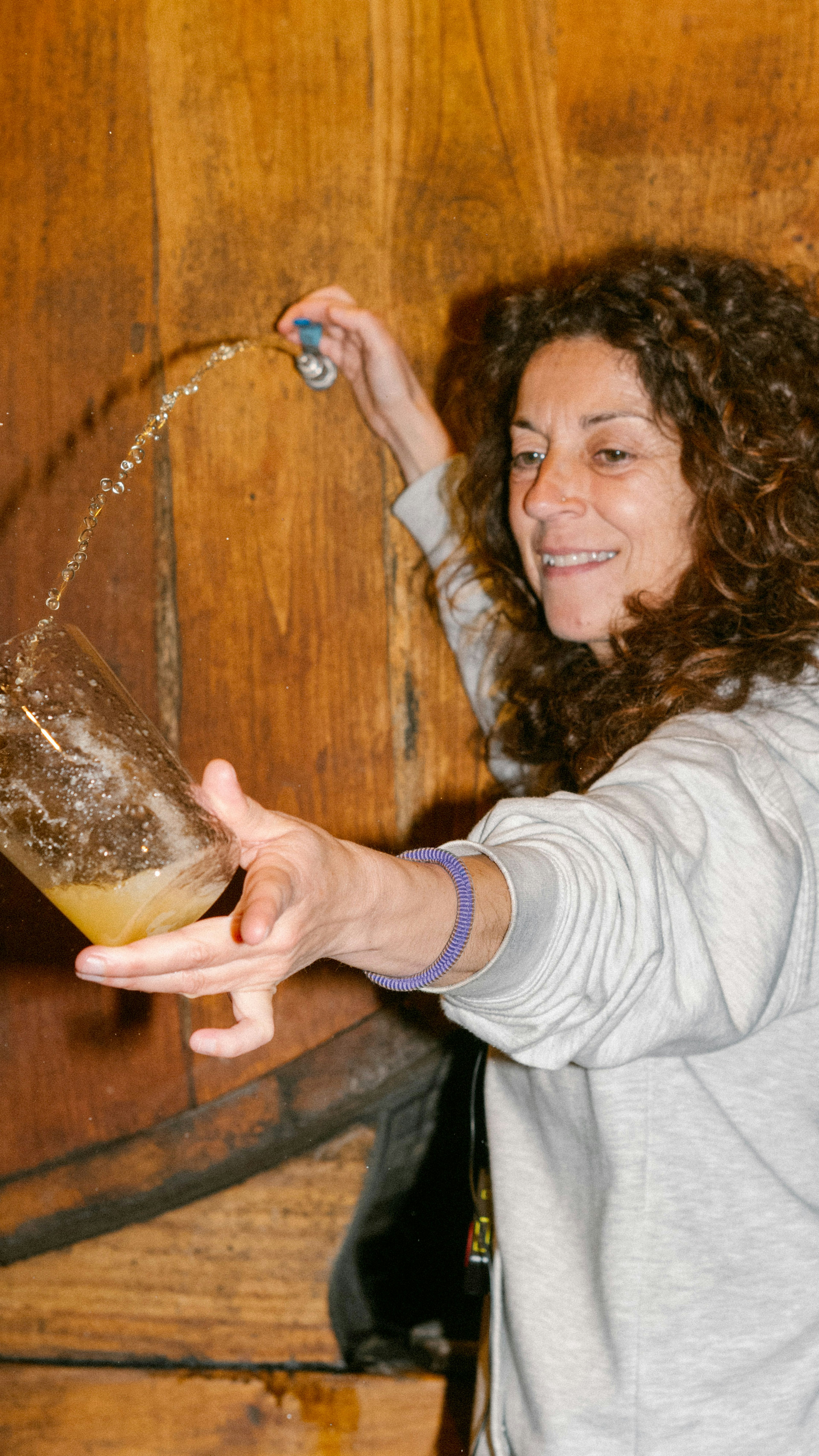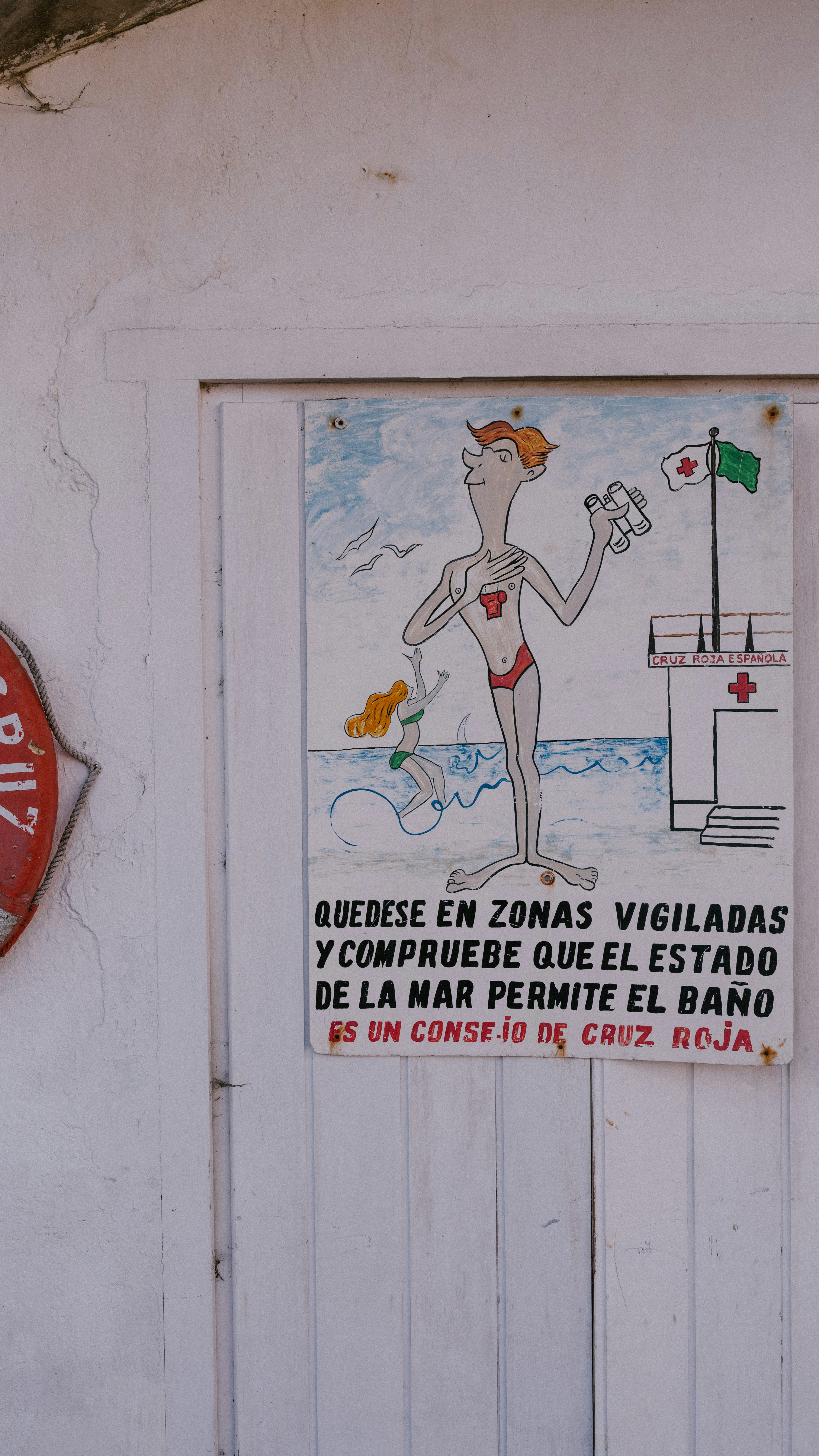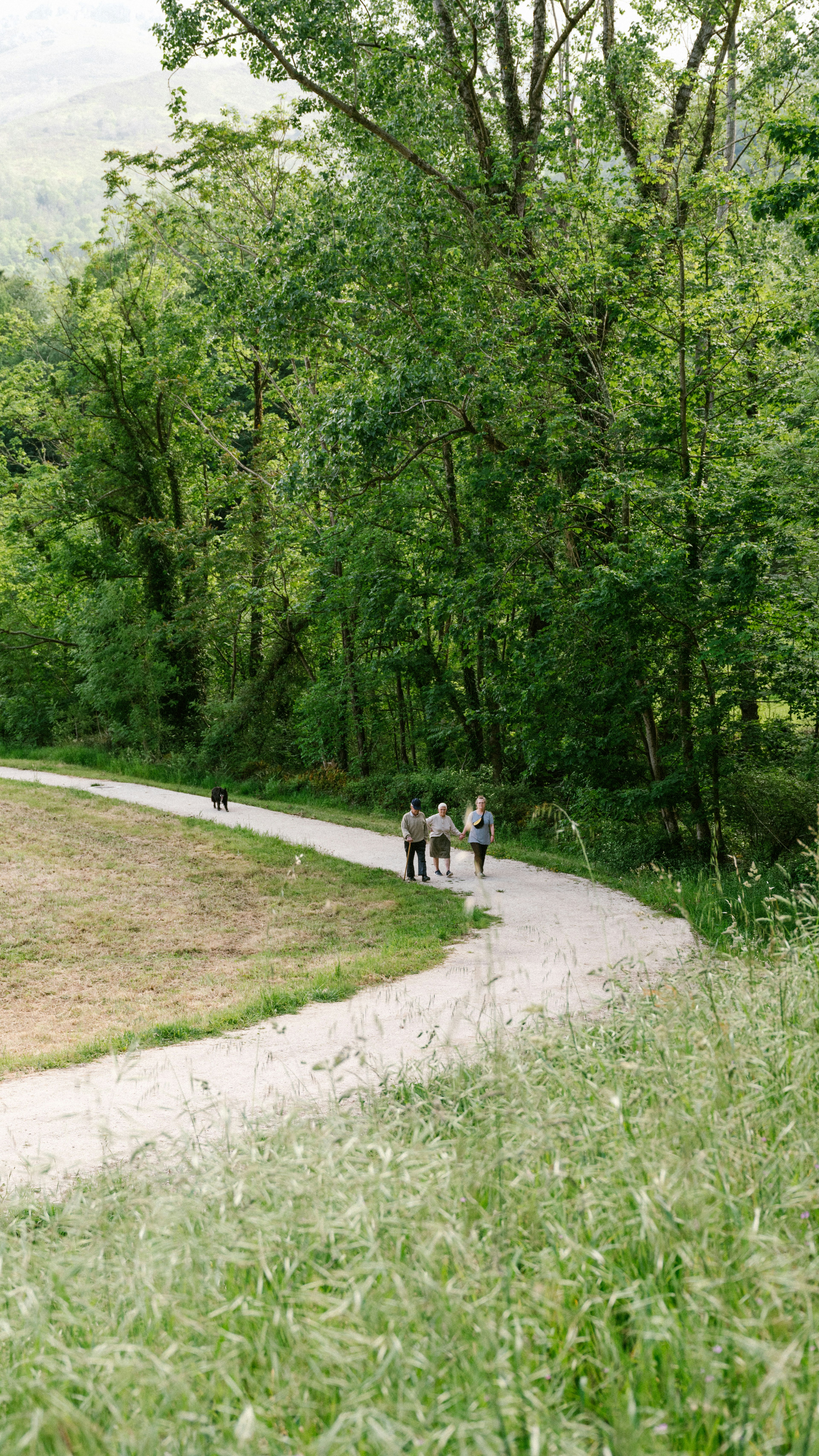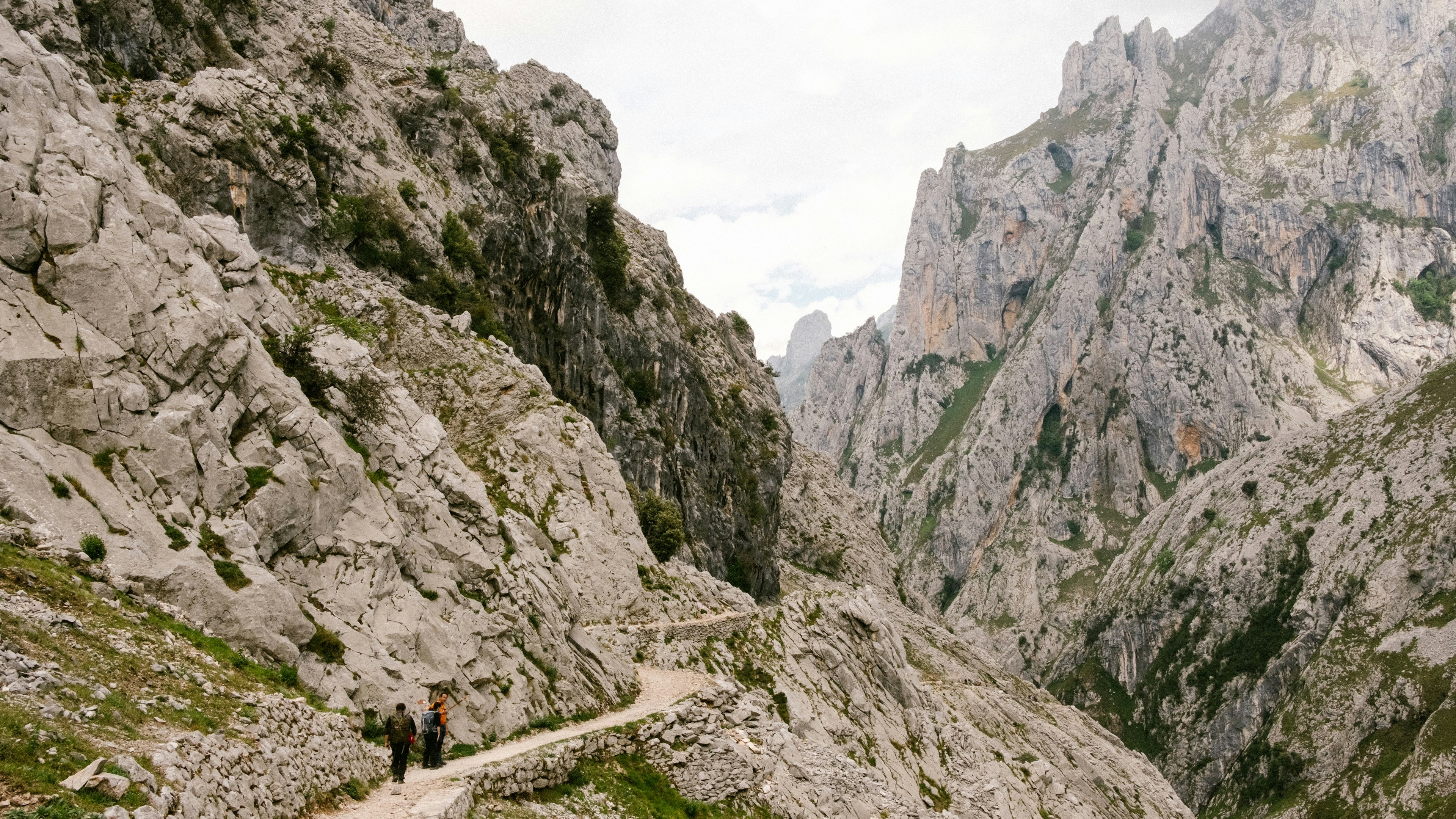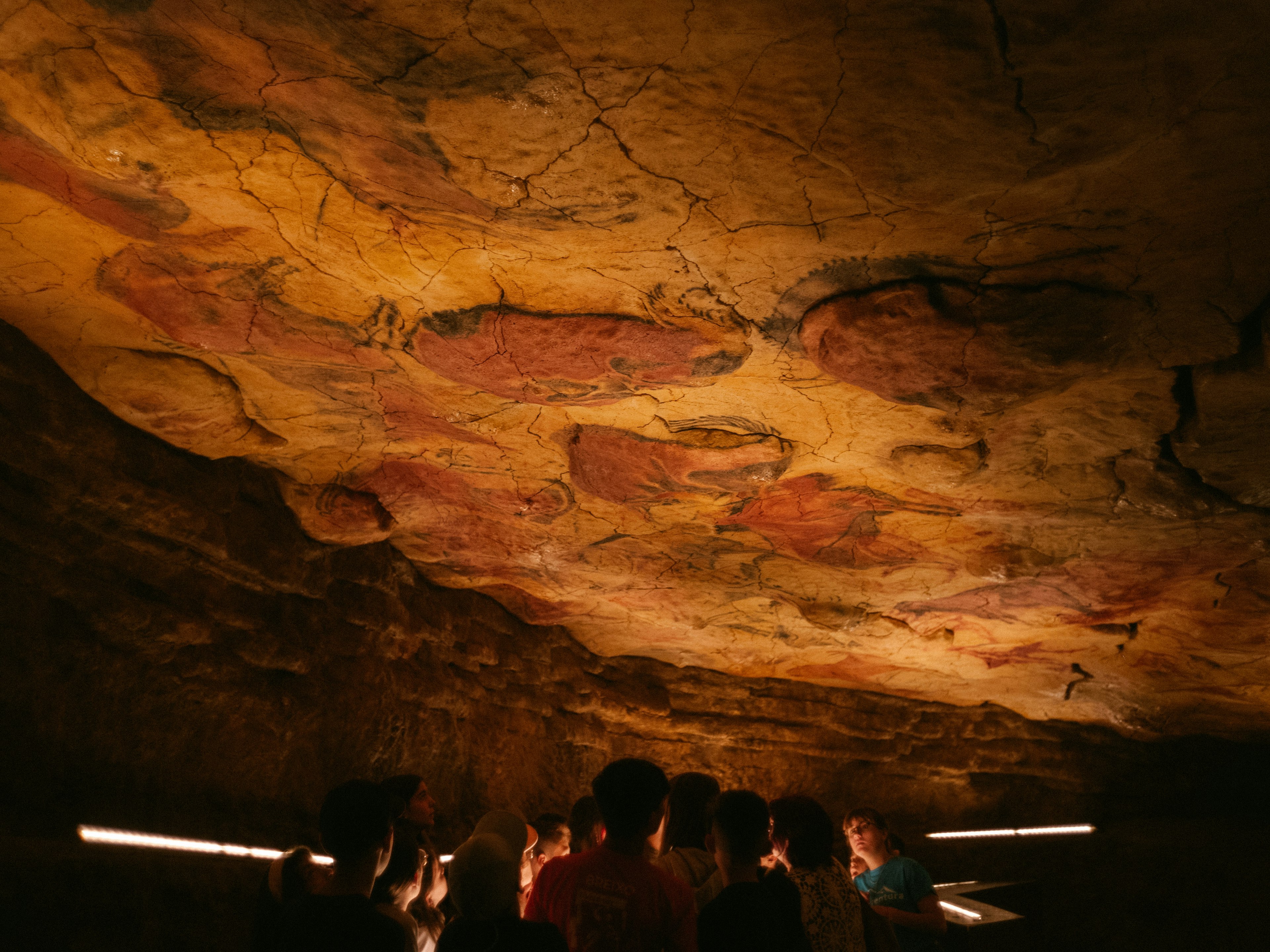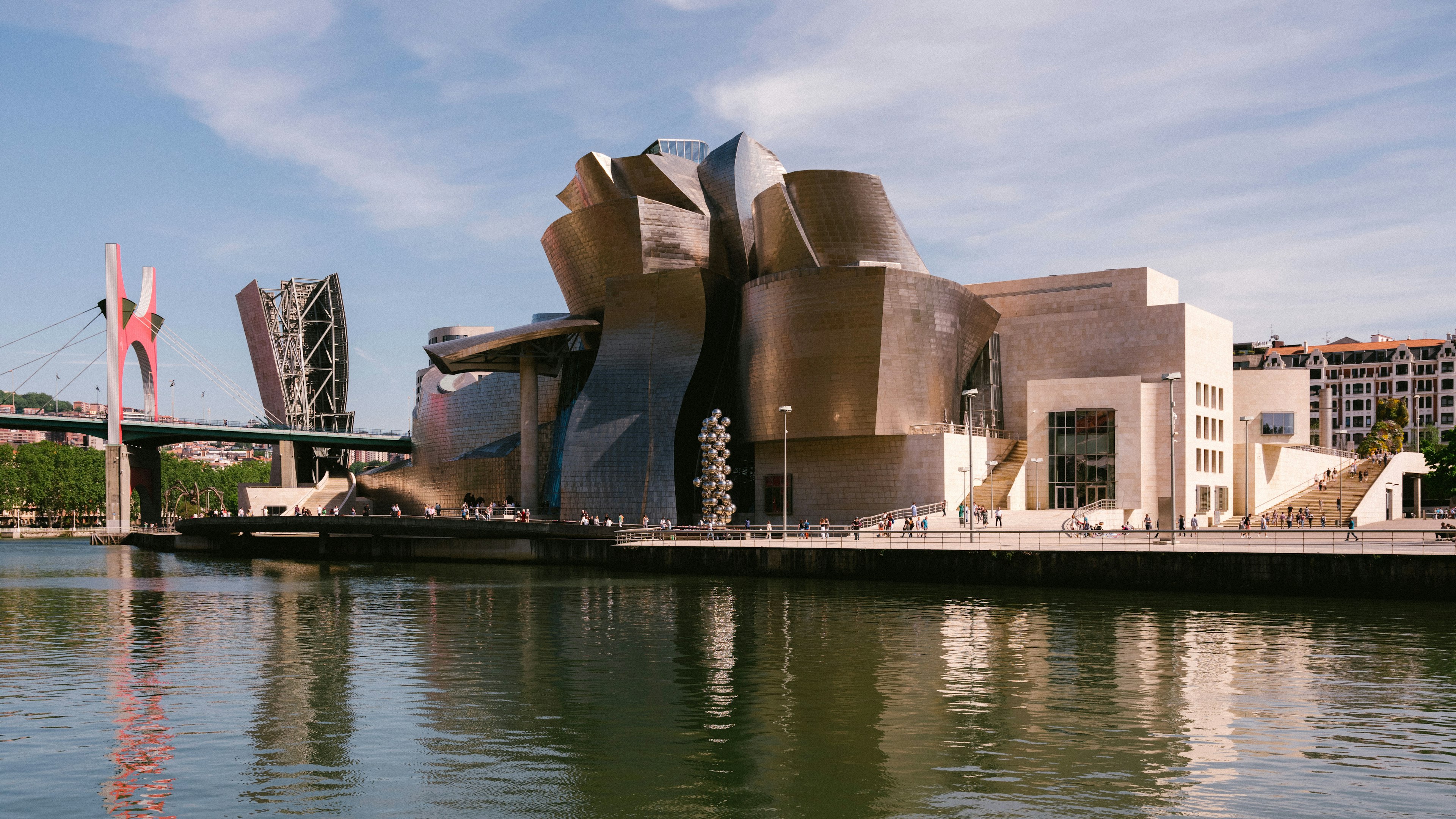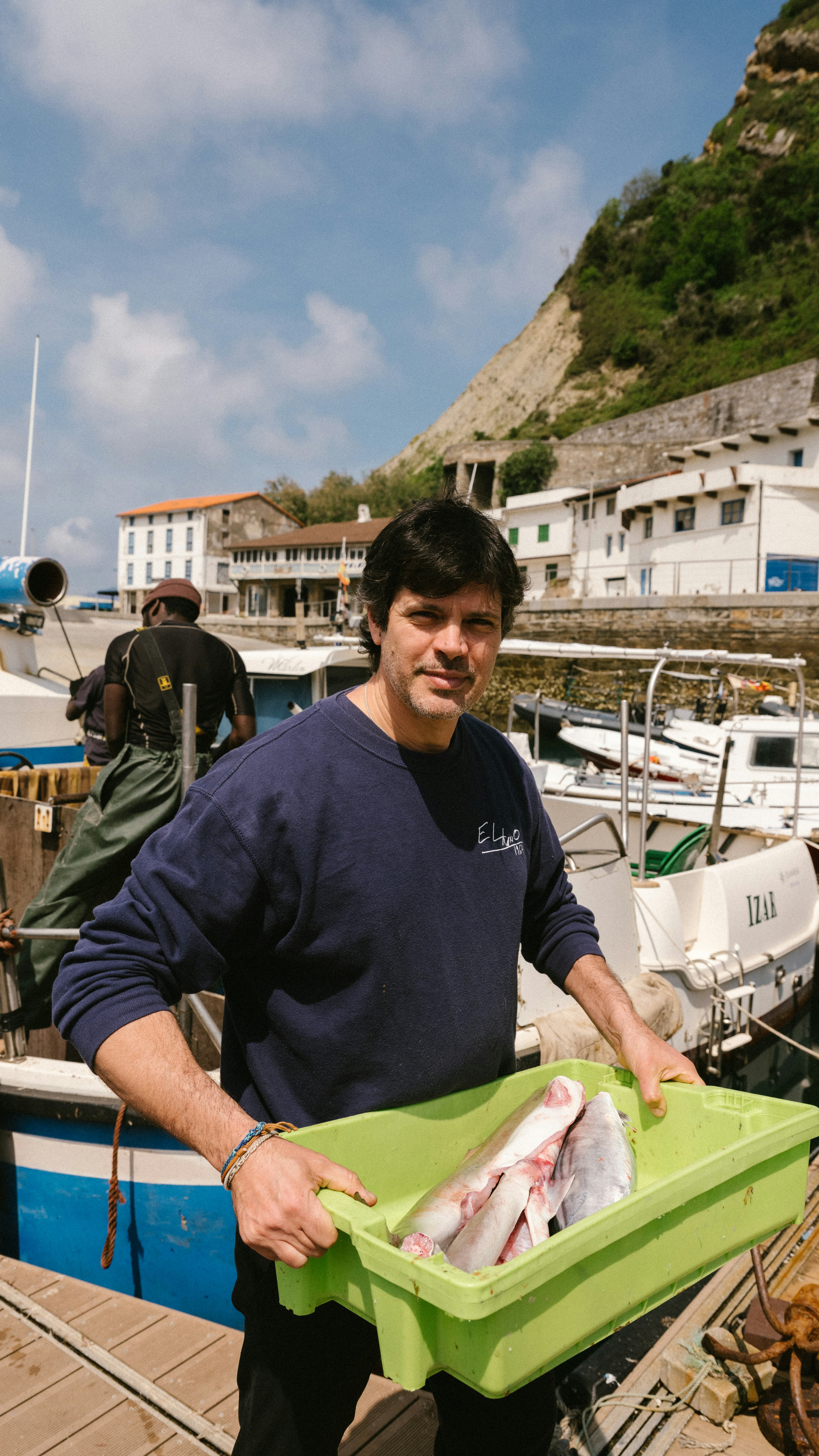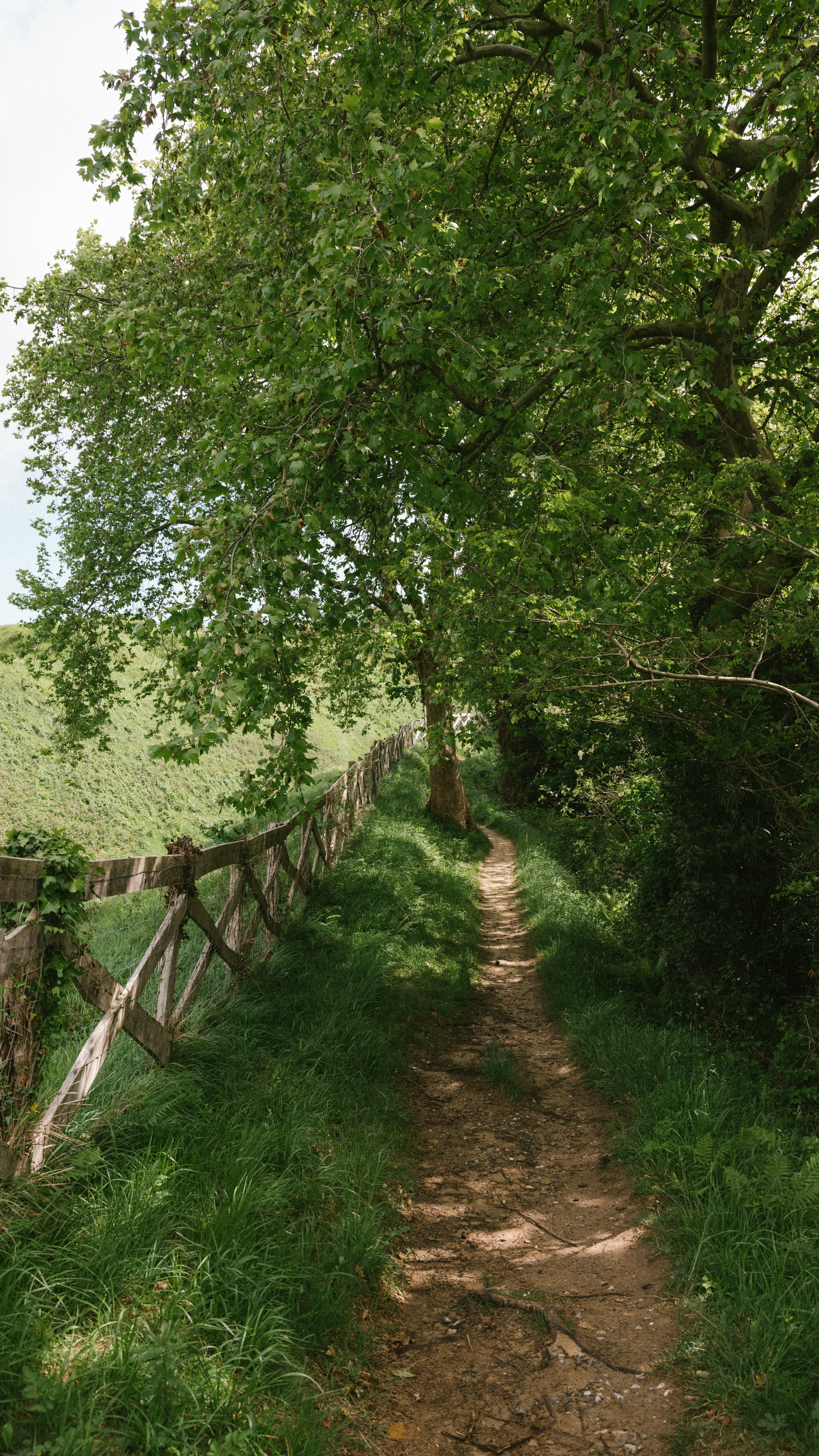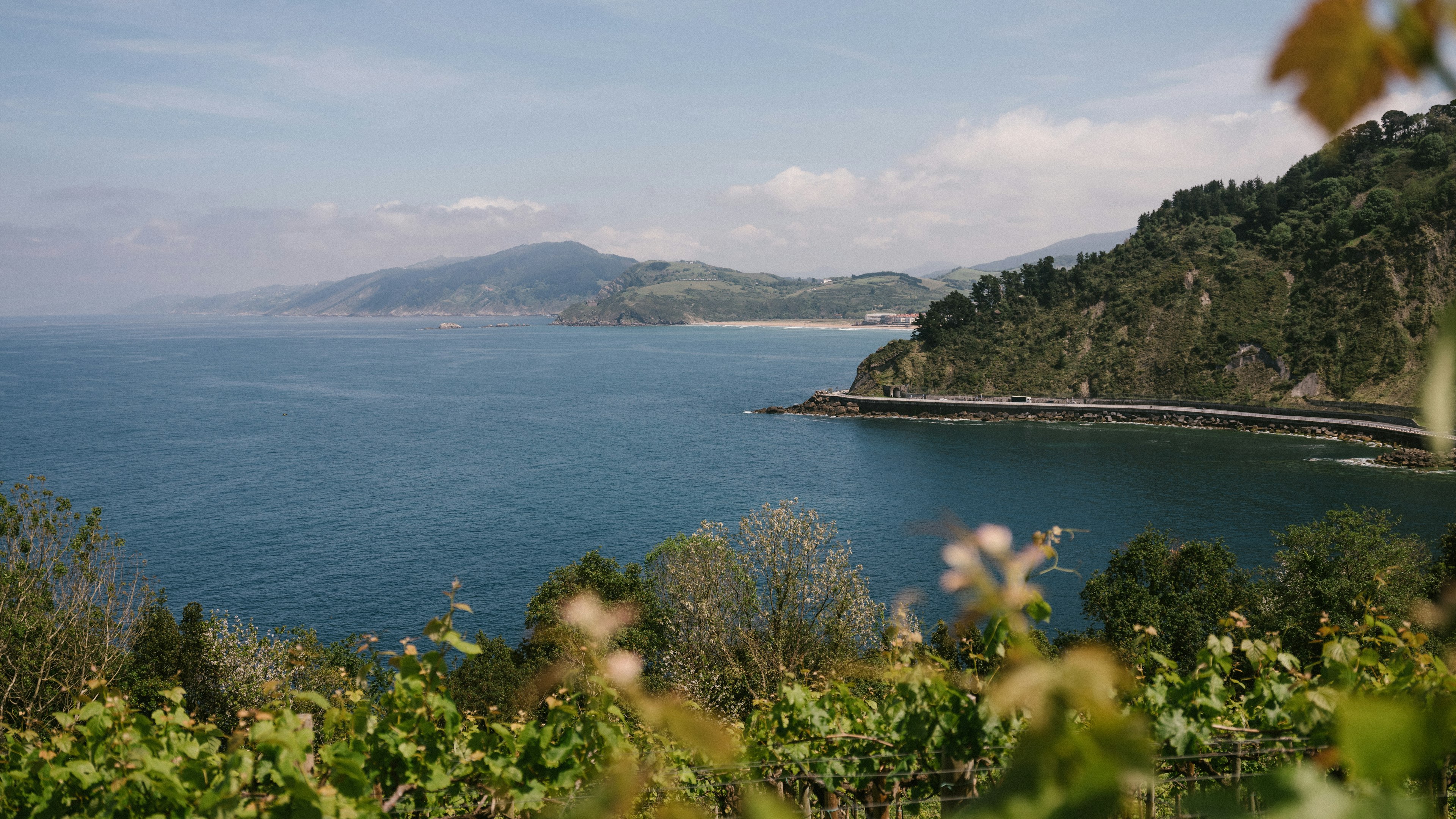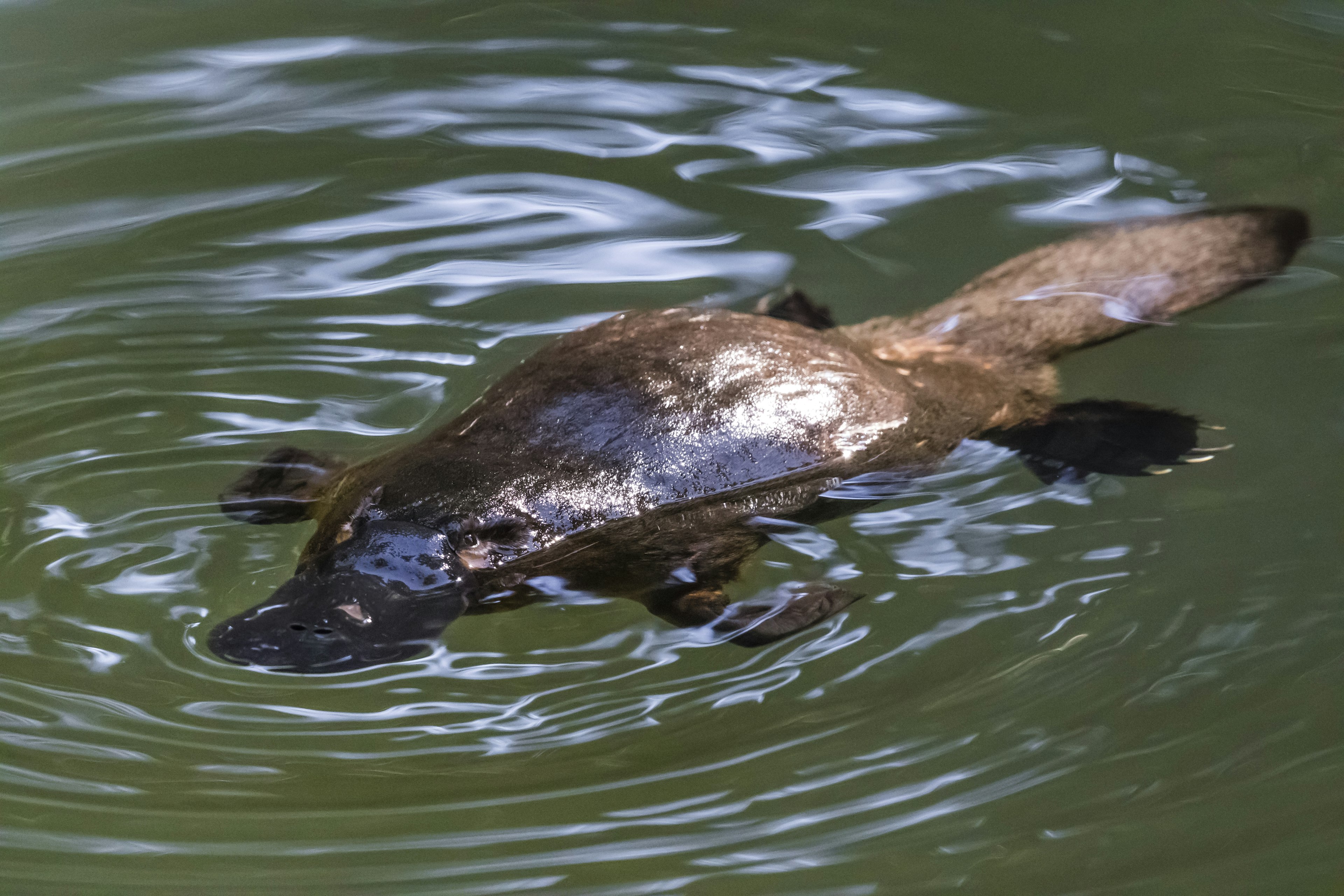If you’re looking for a deep dive into historical, cultural and ecological diversity, New Mexico has earned its nickname – the Land of Enchantment.
From the northern tip of the Chihuahuan Desert to 9000ft above sea level at the Taos Ski Valley, New Mexico has diverse climates – and all the sites and activities to go with it.

1. Santa Fe
Best for art-lovers
Santa Fe is a colorful tapestry of living history and progressive vision. It is home to one of the oldest churches and houses in the United States, just to give an example of how deep its roots go.
Over the 400 or so years it has existed as a non-Indigenous settlement, the state’s capital – called Oghá P’o’oge in the Tewa language – has gone through many transformations. The layers of each period can be seen throughout the historic Plaza, from Spanish colonial and pueblo architecture to galleries and museums filled with traditional and contemporary art to a counterculture vibe leftover from the 1960s.
Santa Fe is also home to everyone’s favorite interactive art adventure, Meow Wolf, and some of the most celebrated cuisine in the state.

2. White Sands National Park
Best for stunning views
If you think of towering mountains and sweeping canyons when you think of national parks in the Southwest, this park will surprise you. One of the prettiest places in New Mexico, White Sands National Park is home to striking white sand dunes that are especially breathtaking to see on sunny days. Located in southern New Mexico, the park preserves 275 sq miles of ice-white gypsum dune fields. Hike through the bright and barren landscape, or buy a sled at the gift shop and take a run at the loop portion of Dunes Drive.
You can book a reservation and permit for camping as well. It’s worth the extra legwork to spend a night under the stars and even experience a full moon. As one of the darkest places in the US, you’ll enjoy great views at night. Sunsets on the dunes are also unforgettable.
The park has a $35 entrance fee that allows you to enter as much as you’d like for seven consecutive days – just don’t lose your receipt. Check the weather forecast before you set out. In the summer, the dunes get very hot, while winter can make for frigid conditions. If you want to maximize your time in the park, consider visiting in the spring or fall when conditions are milder.
3. Taos
Best for photo ops
Take a drive from Santa Fe to Taos for even more art and culture. Stroll the historic plaza, which is lined by galleries and museums aplenty, or head out to Taos Ski Valley for skiing in winter and hiking in the summer.
The Rio Grande Gorge is a breathtaking site and makes for a scenic photo op on your way to the Mesa for a tour of the EarthShips community – a collection of sci-fi-looking dwellings that are 100% self-sustaining and off the grid. You can also take a tour of one of the oldest continuously inhabited communities in the world at Taos Pueblo, though be sure to read up on proper etiquette and cultural expectations when visiting this sacred place.
4. Albuquerque
Best for hot air balloons
The state’s “big city,” Albuquerque is known around the world as the site of the annual International Hot Air Balloon Fiesta in October. Albuquerque’s location between the Rio Grande and the Sandia Mountains creates an ideal climate for hot-air ballooning, and visitors can enjoy this magical experience all year long.
A late-afternoon trip up the Sandia Peak Tramway is the perfect way to take in a world-famous sunset. Plan to have dinner and a drink at the top of the peak, but remember to plan for the extra-high elevation and drink plenty of water.
For the best shopping, check out Old Town, Los Ranchos and the Nob Hill areas for locally-owned businesses, quality vintage shops and mid-century modern stores.

5. Rio Grande
Best for white water rafting
The section of the Rio Grande between Taos and Española is an excellent place for a little white-water rafting – you’ll find many companies along the river offering the experience. But if you’re not interested in a wild ride, head south. Between Albuquerque and Socorro the river gets lazy and becomes the perfect place to float or kayak. You’ll also find several wineries along the river that are open to the public.
6. Madrid
Best for going off-grid
A great day-trip destination between Santa Fe and Albuquerque, Madrid is an old mining town turned art village. Book a horseback ride at Broken Saddle Ranch, just north of Madrid, or spend some time driving along the scenic Turquoise Trail, which runs from Cedar Crest to Cerrillos. Just plan to be off the grid – there’s still no cell service in Madrid.

7. Ghost Ranch
Best for hikers and horseback riders
Located in Abiquiu, which is a beautiful red-rock-filled wonder of its own, Ghost Ranch was the home of painter Georgia O’Keeffe. Here you’ll find workshops, retreats, hiking rails, museums and 21,000 acres of wild space, including landscapes that change with the daylight, making it clear why so many artists have made northern New Mexico their home.
8. Truth or Consequences
Best for relaxation
Yes, that’s actually the city’s name! If you’re a fan of hot springs, Truth or Consequences – aka T or C – has some of the best in the state. While you can find hot springs in various other places, the spas in T or C are the least crowded and most budget-friendly, so you can truly relax and let the minerals work their magic.

9. Sky City
Best for experiencing Indigenous culture
Another of the 19 pueblos found throughout New Mexico – and another of the longest-inhabited communities in the world – Acoma is called Sky City because of its location atop a sheer-walled, 367ft sandstone bluff. It has museums, a cultural center and guided tours. As with visiting any Indigenous nation, be sure to dress and act respectfully and follow local protocol.

10. Tent Rocks
Best for geology fans
There are simply too many amazing national parks in New Mexico to list them all, but in addition to White Sands, be sure to make time for Kasha-Katuwe Tent Rocks National Monument. Located at Cochiti Pueblo, between Santa Fe and Albuquerque, this park features incredible cone-shaped rock formations created by volcanic eruptions, which occurred six to seven million years ago and left pumice, ash and tuff deposits more than 1000 feet thick.
11. Carlsbad Caverns National Park
Best for cave enthusiasts
The state’s multiple national parks are one of many reasons why outdoor enthusiasts flock to New Mexico. Like White Sands, Carlsbad Caverns National Park is a must-see natural attraction, but instead of shifting dunes, this park’s primarily underground.
The park’s namesake, Carlsbad Cavern, is a show cave and the park’s primary attraction. Hike through the natural entrance or take a shortcut on the elevator located in the visitor center. Big Room, one of the cave’s largest caverns, is a natural limestone chamber that is the third-largest such chamber in North America and the seventh-largest in the world. Make sure to pack out your trash. As rangers recently shared, leaving behind even a single piece of trash can have a big impact on the cave’s ecosystems.
The park is home to 119 caves, but just three are open for tours. Vehicle passes to enter the park cost $15. If you want to tour Carlsbad Cavern itself, you’ll need a timed entry ticket, which can be purchased online.
12. Bandelier National Monument
Best for aspiring archaeologists
This lesser-known national monument might not have the name recognition of other sites in the state, but it’s home to an incredible piece of human history. With over 33,000 acres of rugged desert and canyons that have been perfectly preserved, Bandelier National Monument is the place to imagine what life was like for the over 20 tribal nations who settled here thousands of years ago – especially with the park’s primary attractions being excavated archeological sites. See the cliff dwellings carved into the rockface, as well as ancient petroglyphs left behind by inhabitants sometime between 1150 and 1600 AD.
The monument is also home to more than 70 miles of hiking trails. You can even spend a night on the trail after picking up a free Bandelier Wilderness permit. The Western National Parks Association (WNPA), which runs the park’s bookstore, is part-cultural center and part-gift shop. It’s a great spot to grab a souvenir or partake in a free 14-minute movie to jumpstart your exploration of Bandelier. This bookstore is located just across the parking lot from the visitor center.
13. Chaco Culture National Historical Park
Best for viewing ancient ruins
Experience how New Mexico’s earliest residents once lived at the Chaco Culture National Historical Park. The site was once a thriving civilization built by the Pueblo people sometime between 850 and 1250 CE.
A 9-mile driving loop takes visitors through the park and past the six ancient sites that have been excavated and preserved. Most of the six sites are “great houses,” which were multistory complexes built from mud mortar, timber, and sandstone. While only ruins remain, evidence shows that these houses once had hundreds of rooms and were likely not residential, though their purpose isn’t known. The most famous site in the park is called Pueblo Bonito. It’s the largest of the great houses and has been excavated more than any other site in the park. There are even several rooms where the ceilings remain intact.
In addition to the driving loop, Chaco has several hiking trails that let you get closer to some of the park’s many ruins, and makes it easy to enjoy the beautiful landscapes of the park.
14. Roswell
Best for sci-fi fans
Located in Southeastern New Mexico, Roswell is a small town that’s best known for its alleged alien sightings. The city’s reputation can be traced back to 1947 when a high-altitude balloon crashed nearby. A rancher discovered the debris in his sheep pasture. Eventually, the government stated that it was a weather balloon from the local Air Force base, but rumors quickly spread that it was extraterrestrial. Around 50 years after the debris was found, the government admitted that the debris was actually part of a top-secret atomic espionage project. But the city’s otherworldly reputation was already firmly in place.
Today, people travel from around the world to visit the original crash site and watch for alien life. There’s even an International UFO Museum & Research Center. Here, you can learn more about the 1947 incident, read firsthand accounts of encounters and pick up souvenirs.








